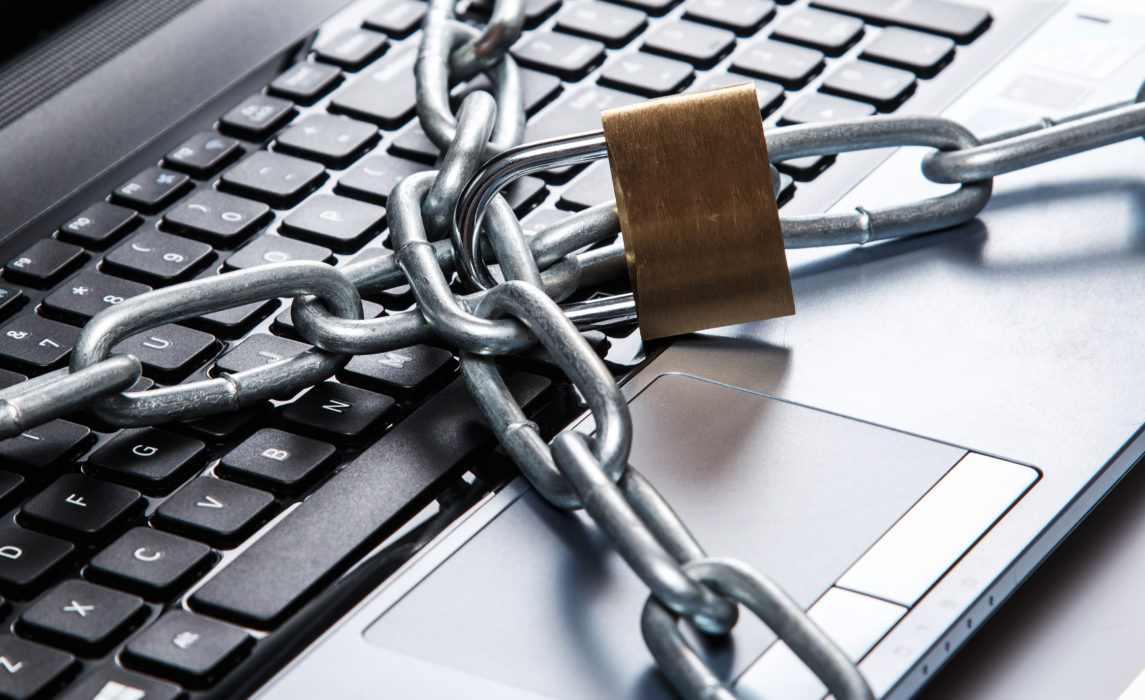
Our personal information is more valuable than ever before. With the rise of online transactions and social media, identity thieves have a wealth of data at their fingertips to exploit. This makes it more important than ever to take steps to protect your online identity.
In this comprehensive guide, we will explore the different types of identity theft, how to identify the warning signs, and most importantly, how to safeguard your online presence from these threats.
Understanding Identity Theft
Identity theft is the crime of stealing someone’s personal information to commit fraud or other crimes. This information can include your name, Social Security number, credit card numbers, bank account numbers, and even your medical records.
Identity thieves can use this stolen information to open new accounts in your name, make unauthorized purchases, or even take over your existing accounts. This can lead to financial ruin, damage to your credit score, and even legal trouble.
Types of Identity Theft
- Financial identity theft: This is the most common type of identity theft, and it occurs when someone steals your financial information to open new accounts, make unauthorized purchases, or take over your existing accounts.
- Tax identity theft: This occurs when someone uses your Social Security number to file a fraudulent tax return and claim your refund.
- Medical identity theft: This occurs when someone steals your medical information to obtain medical care or insurance in your name.
- Criminal identity theft: This occurs when someone uses your identity to commit crimes, such as traffic violations or even more serious offenses.
Warning Signs of Identity Theft
- Unexpected charges on your credit card or bank statements
- New accounts opened in your name that you don’t recognize
- Denials of credit when you apply for new loans or credit cards
- Calls or letters from debt collectors about debts you don’t owe
- Errors on your credit report
Safeguarding Your Online Identity
- Creating strong passwords: Use strong passwords that are at least 12 characters long and include a mix of upper and lowercase letters, numbers, and symbols. Avoid using the same password for multiple accounts.
- Protecting your Social Security number: Don’t carry your Social Security card with you, and only share it when absolutely necessary.
- Being careful about what information you share online: Don’t share personal information, such as your Social Security number, date of birth, or address, on social media or other public websites.
- Installing security software on your computer: Use antivirus and anti-malware software to protect your computer from viruses and spyware that can steal your personal information.
- Monitoring your credit report: Regularly check your credit report for any unauthorized activity.
Additional Tips
- Shred documents that contain personal information: When you no longer need documents that contain personal information, such as bank statements or credit card receipts, shred them to prevent them from falling into the wrong hands.
- Be careful about phishing scams: Phishing scams are emails or websites that try to trick you into revealing personal information. Be wary of any emails or websites that ask for your personal information, and never click on links in unsolicited emails.
- Consider placing a credit freeze on your credit report: A credit freeze can prevent anyone from opening new accounts in your name without your permission.
- Report identity theft immediately: If you think you have been a victim of identity theft, report it to the Federal Trade Commission (FTC) and your local law enforcement agency.
By following these tips, you can take steps to protect your online identity from identity thieves. Remember, identity theft is a serious crime, but it is preventable. By being proactive and taking steps to safeguard your personal information, you can help to keep yourself safe from harm.
Dil Bole Oberoi




